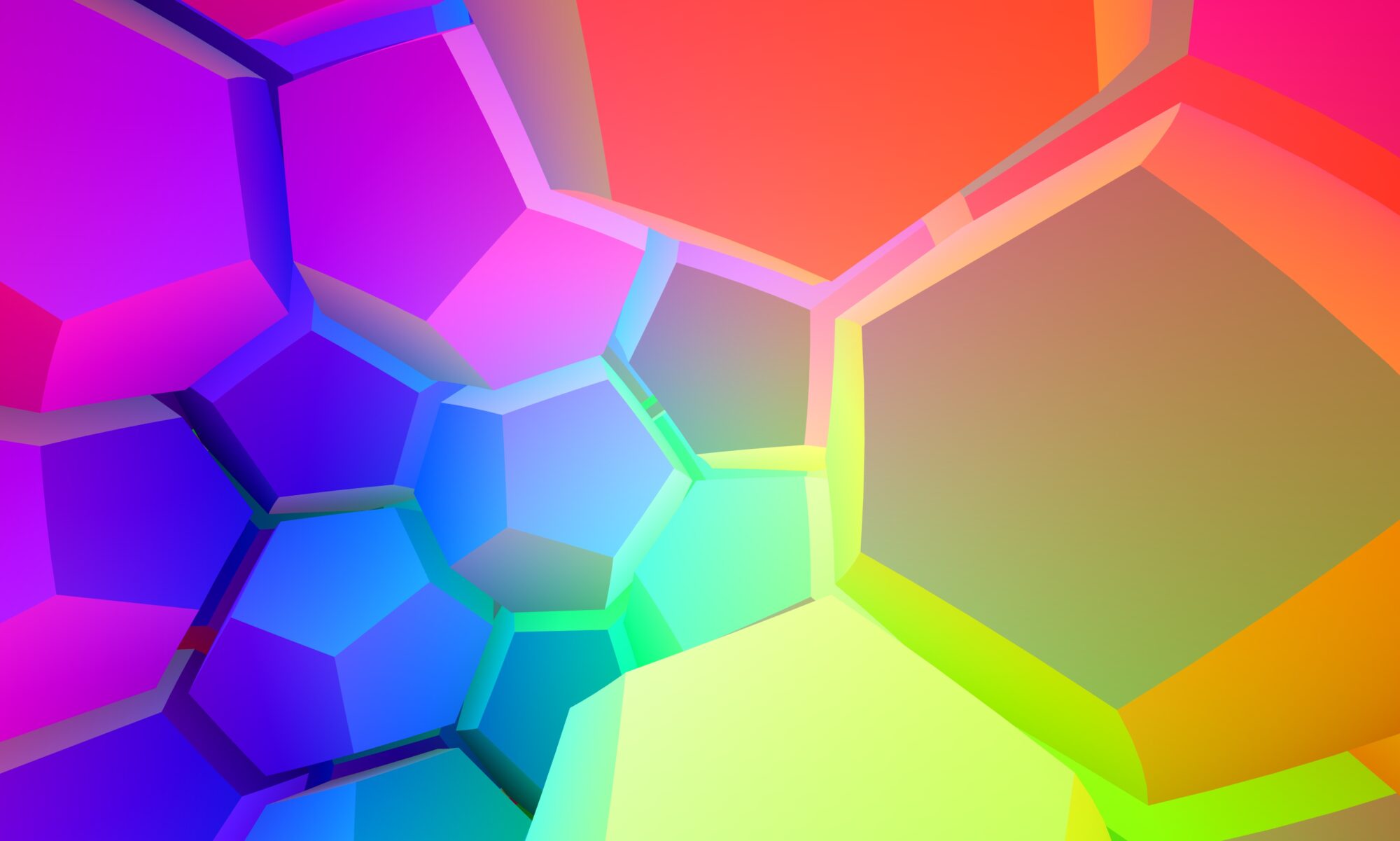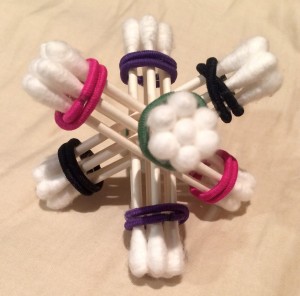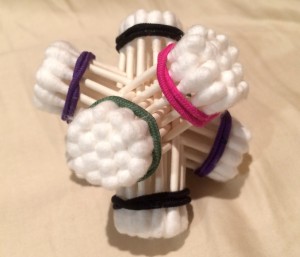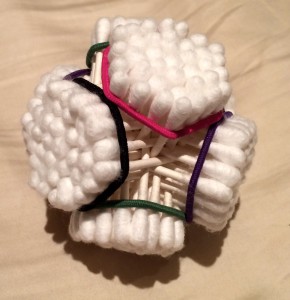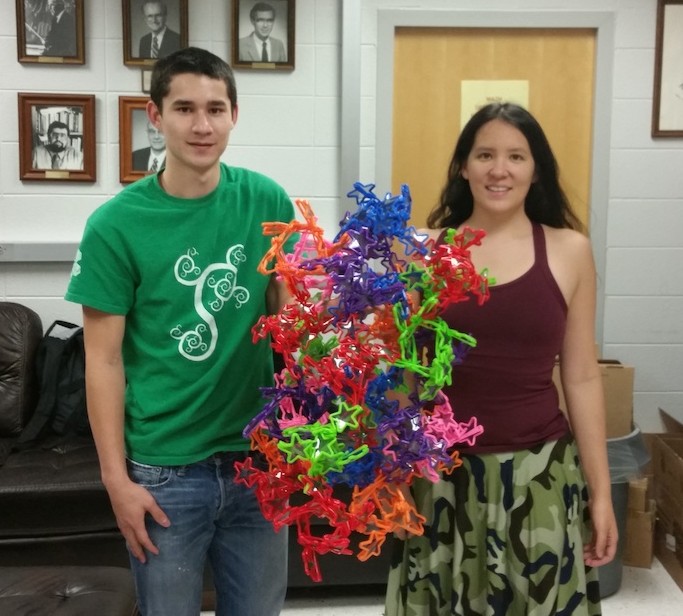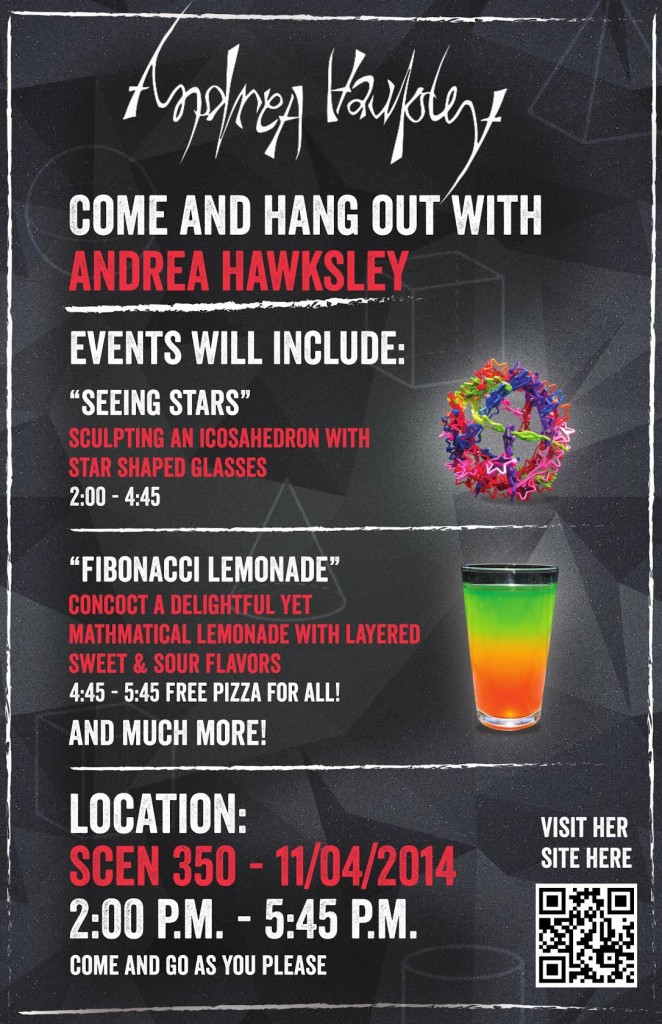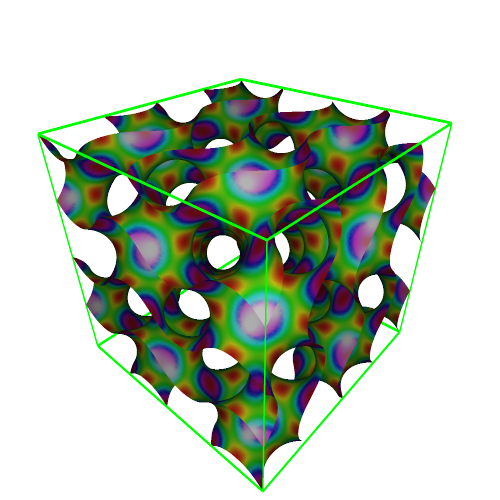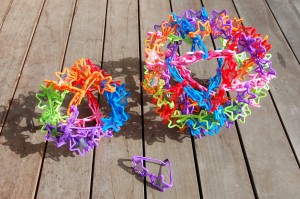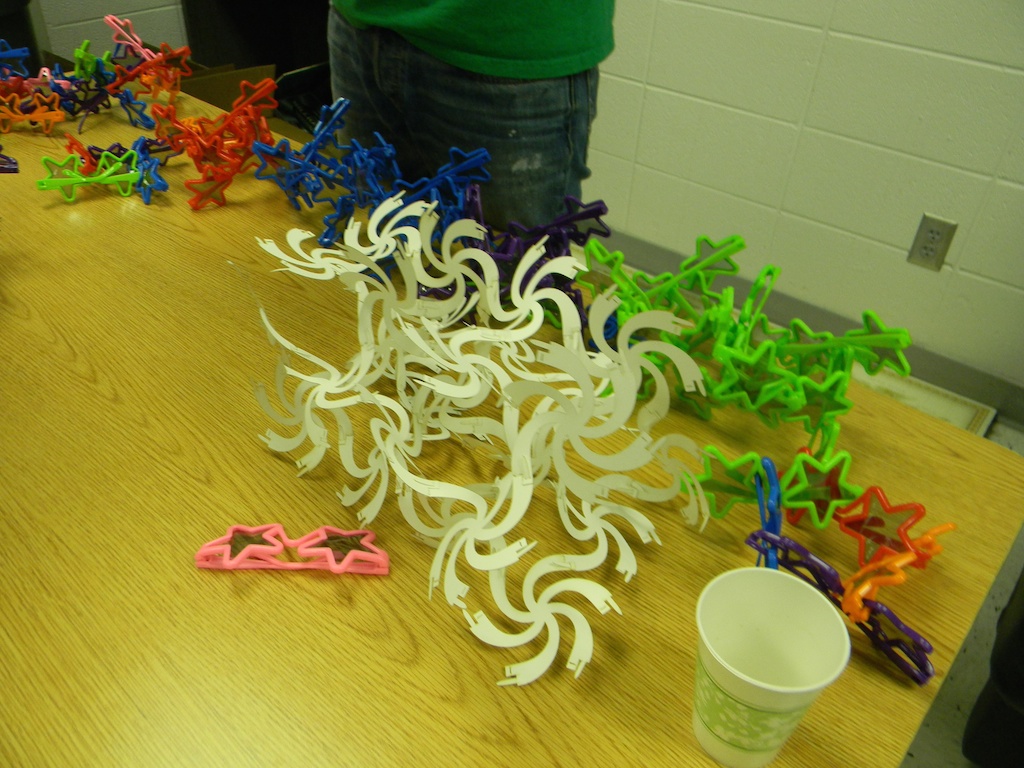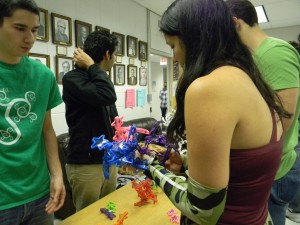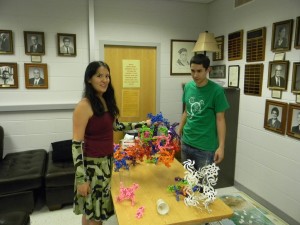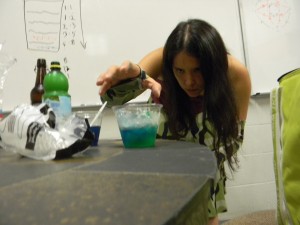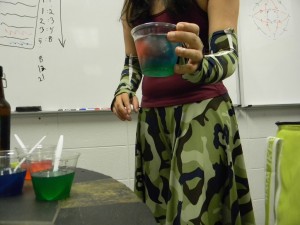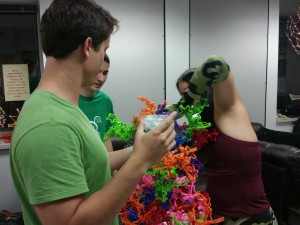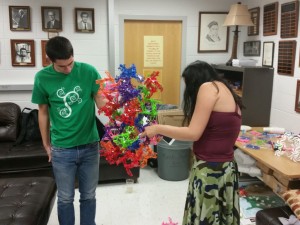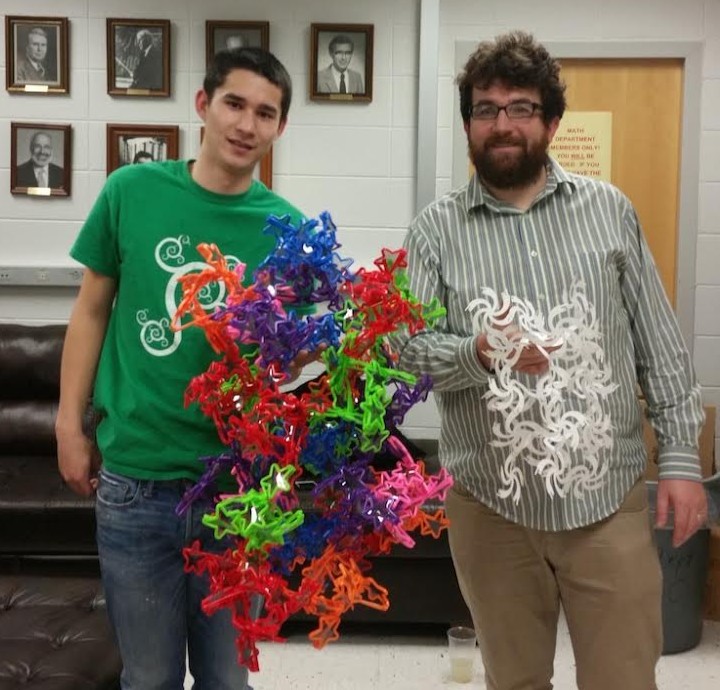I really dislike being sick. I’m just not good at it. Not that it’s necessarily possible to be “good” at being sick, but I regularly get the impression that other people are able to work through colds and mild flus and at least be kind of productive. And, I like to imagine that this is something that I ought to be able to do as well.
So, when I woke up yesterday morning with a more than suspiciously sore throat, I somehow believed that I was still going to have a productive day. Right.
Just a couple hours of unproductive computer staring later, I was back in bed with an awful sinus headache and a mild fever. I don’t know why I ever thought I would get anything done on a sick day. Stupid body.
For the next 6 hours, I lay grumpy or asleep in bed before I had to make a bathroom run, where my sick brain observed that we had a lot of cotton swabs (the actual Q-tips brand, although Q-tips is a bit of genericized trademark) in the drawer, right by a bag of small hair ties.
It is a bizarre fact that my sick and/or sleep-deprived brain remains fairly good at piecing together geometric constructions even as it loses the ability to hold a basic conversation. And, so, my brain latched onto the idea of making a Q-tip and hair band version of George Hart‘s classic sculpture 72 pencils.
Surprisingly, this sculpture isn’t too difficult to construct if you build it up from the center in layers and then remove the extra pieces. It’s perhaps a bit harder in Q-tips because the heads are a bit harder to push through than if the diameter were consistent, and Q-tips have some definite flex that interferes with trying to insert them straight, but I can’t verify the relative difficulty, since this was my first time actually making this sort of sculpture.
The hardest part of the sculpture is at the very beginning, where you want to make four intersecting axes with 3 sticks each. This is the same basic structure as in the 4-axis sculpture that I made out of pipecleaners here. It’s much easier to make out of cotton swabs than pipecleaners (which have way too much flex), but it still requires developing a pretty good understanding of how to fit the pieces together.
Once you have your axes properly defined, it’s just a matter of continuing to add cotton swabs along the axes, growing them into small hexagons.
And bigger hexagons.
And even bigger hexagons.
Finally, you can just remove the interior sticks to reveal the structure and the hidden rhombic dodecahedron in the middle.
At which point you’ve probably had enough of an adventure for one sick day and should probably take another nap. (Full disclosure: I took a nap in the middle of this construction as well.)
